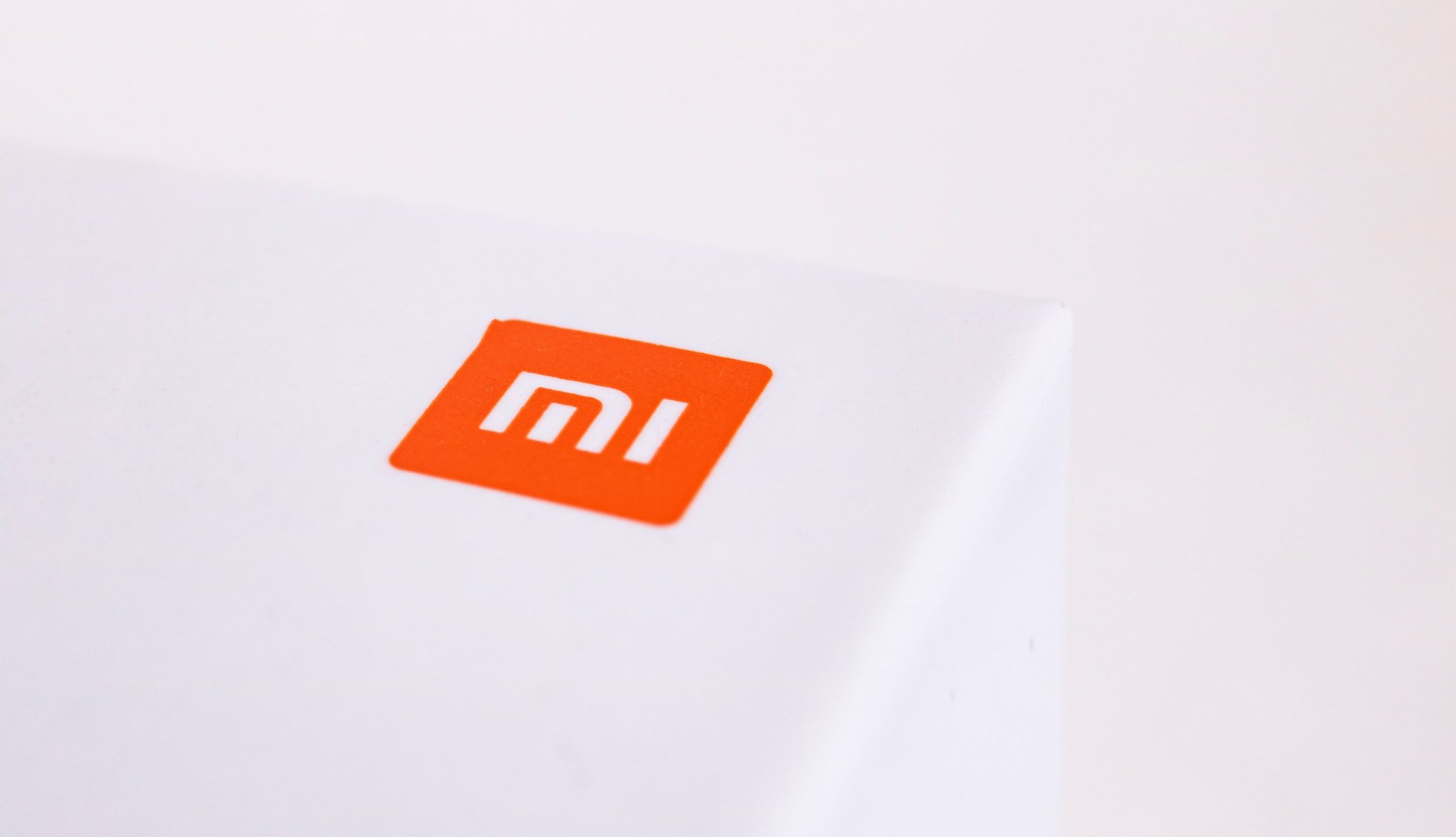In a call with reporters ahead of the PC and printing giant’s fourth-quarter earnings report, HP CEO Enrique Lores also discussed why he is “more convinced” of the impact of AI PCs than before and why discussions about tariffs are “too speculative are for now.
HP Inc. CEO Enrique Lores said the company’s Workforce Experience Platform is “key” to the future growth of its software and services business.
Lores made the comments ahead of the release of HP’s fourth-quarter earnings report, which said the company’s revenue grew 1.7 percent year over year to $14.1 billion. This marked the second consecutive quarter of revenue growth and was slightly above Wall Street expectations.
(Related: Analysis: HP reorganization increases ex-Poly CEO’s role in growth strategy)
The PC and printing giant’s earnings per share came to 93 cents, which was 3 percent higher than a year ago and slightly above the average estimate of financial analysts.
Software and services are two categories that HP expects to grow faster than its core PC and printing businesses, as outlined in its Future Ready Plan two years ago. Other key growth areas include video conferencing solutions and adjacent products within the Hybrid Systems business, as well as gaming solutions.
According to Lores, these segments together contributed 20 percent of HP’s total revenue for the fiscal year 2024, which ended in October, at $53.6 billion, down 0.3 percent from the previous year.
To get partners and customers behind HP’s software and services offerings, the company has worked in recent years to consolidate most of these into the Workforce Experience Platform, which it bills as an “AI-powered digital employee experience” that can monitor and manage a variety of devices.
“The Workforce Experience Platform is an important product for us to continue to accelerate not only our software business, but also our services business because of the value it brings to customers,” Lores said in a briefing with journalists and analysts on Tuesday. .
Next year, HP will focus on expanding the functionality of the Workforce Experience Platform so it can manage more types of devices such as printers, according to Lores.
The company also plans to integrate technology it acquired in September from collaboration management software provider Vyopta, “to manage rooms and other devices in the office,” the CEO said.
“We are very optimistic about the impact that the Workforce (Experience) Platform will have, and you will see us continue to invest in that in the coming months,” he said.
Discussion about Trump tariffs ‘too speculative’
During his call with reporters and analysts, Lores was asked about the possible impact of the tariffs that President-elect Trump has promised to impose on China, Mexico and China when he takes office in January.
In posts on his Truth Social platform on Monday, Trump said he would impose a 25 percent tariff on all goods coming from Mexico and Canada, as well as an additional 10 percent tariff on Chinese goods on top of “any additional tariffs.”
Lores said HP did not include the impact of the proposed tariffs in HP’s first-quarter guidance, which forecast earnings per share between 70 cents and 76 cents.
“It’s too speculative. Every day there is a new direction, so we are not going to include that in our plans,” he said.
However, the CEO said the company has been working over the past three years to make its “supply chain footprint more resilient.”
“We have built factories in different parts of the world, and we are in a much better position now than we were a few years ago. And we believe we are in a strong position competitively, so we will work closely with the new administration to do the best for our customers and shareholders,” said Lores.
Lores ‘more convinced’ about the impact of AI PCs now
Lores said the software solutions ISVs are developing to take advantage of new AI PCs left the company “more convinced than a few months ago about the impact” the product category will have, especially on businesses.
While he said fourth-quarter AI PC shipments were in line with expectations and shipments of next-generation AI PCs that meet Microsoft’s Copilot+ PC requirements were small, reception was positive.
“It’s very encouraging to see the solutions that software companies are starting to develop on top of that. We showed off a few again during our innovation event a few weeks ago. Clearly they will have a very strong impact from a productivity perspective,” he said.
Highlights of HP’s fourth quarter earnings results
HP’s Personal Systems division saw net sales grow 2 percent year over year, with 5 percent growth in the commercial segment offsetting a 4 percent decline in the consumer segment, the company said.
From a shipping perspective, commercial PC units within the division increased 4 percent, while consumer units within the division decreased 3 percent.
In HP’s Printing business, net sales rose 1 percent to $4.5 billion, with the 3 percent increase in the consumer segment somewhat offsetting the 2 percent decline in the commercial segment.
“We have increased our share of Personal Systems, particularly in the commercial sector, and we have also increased our share of print,” said Lores.









